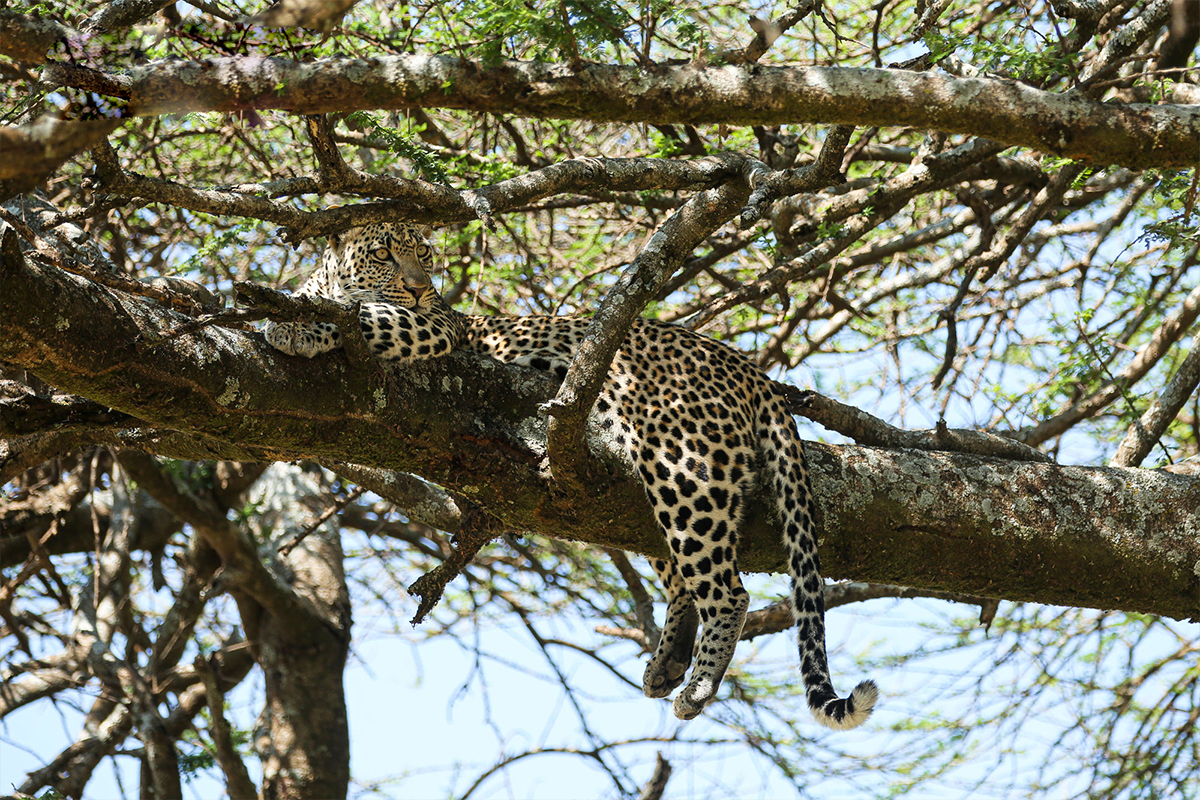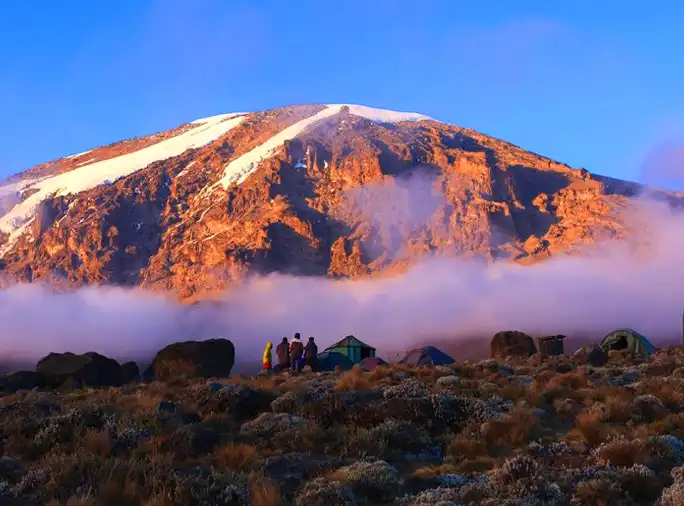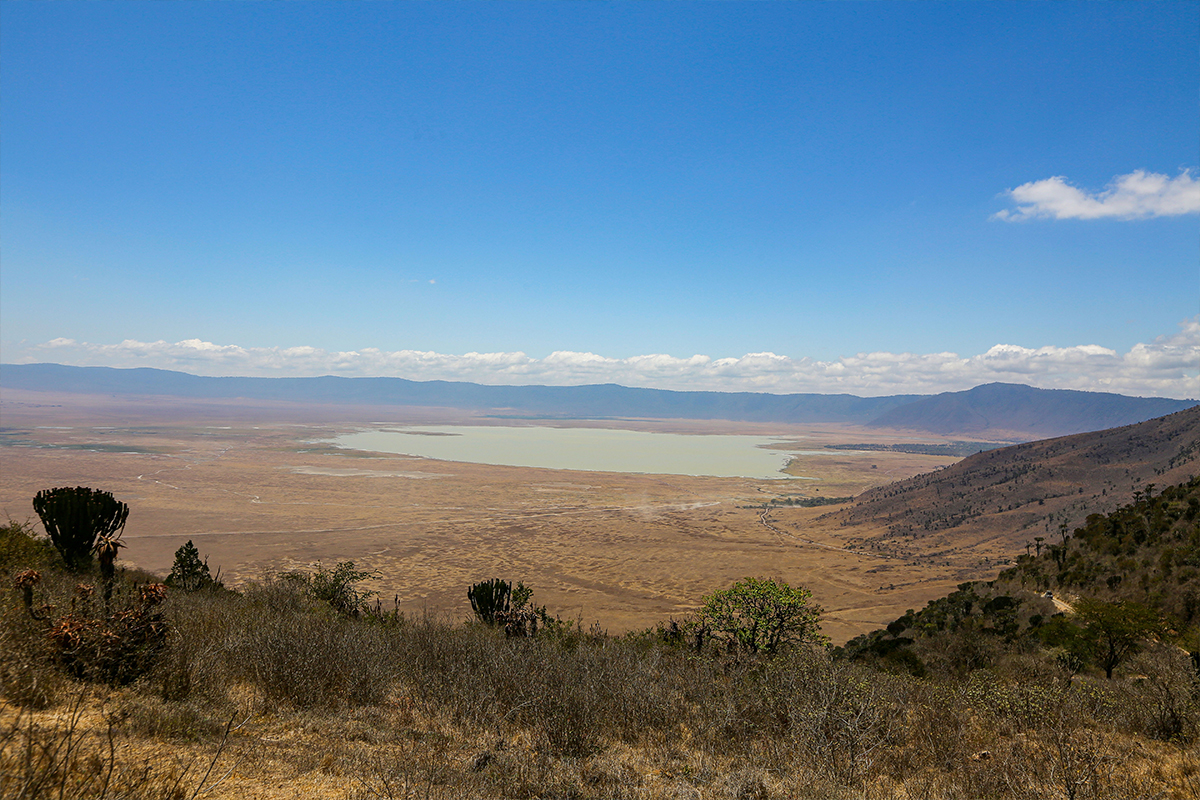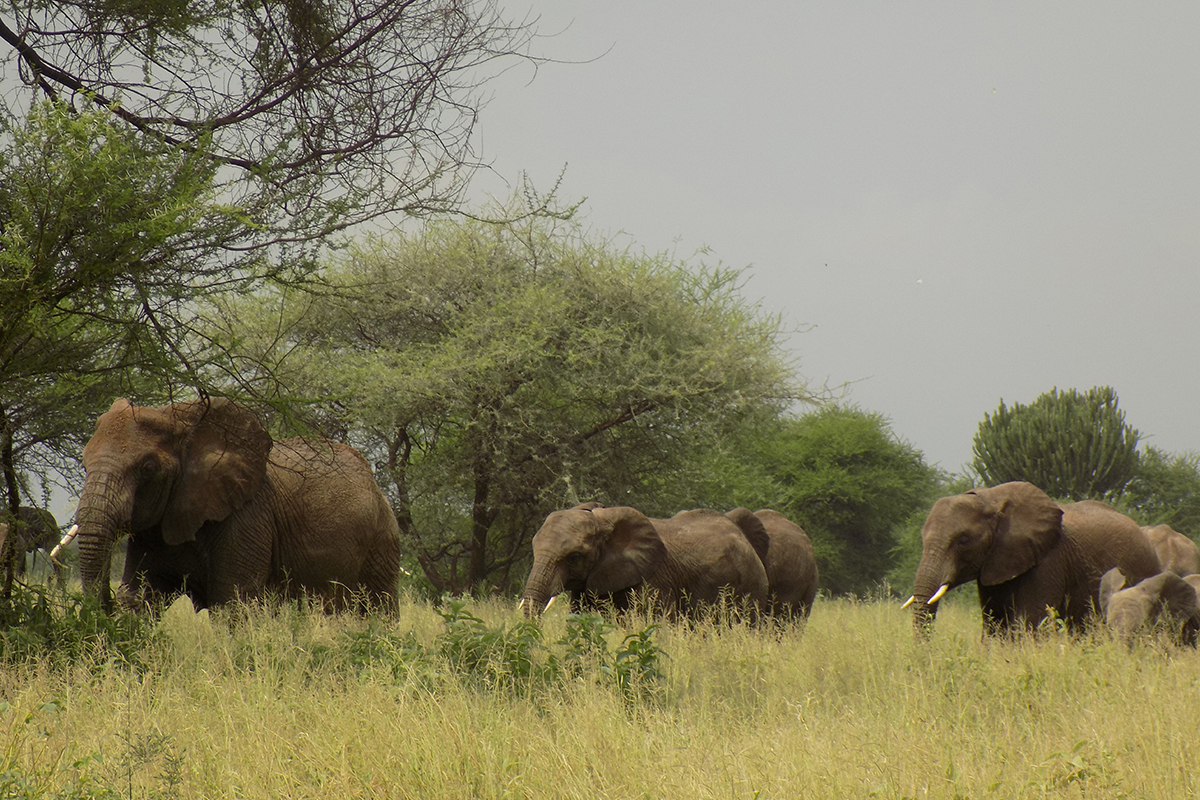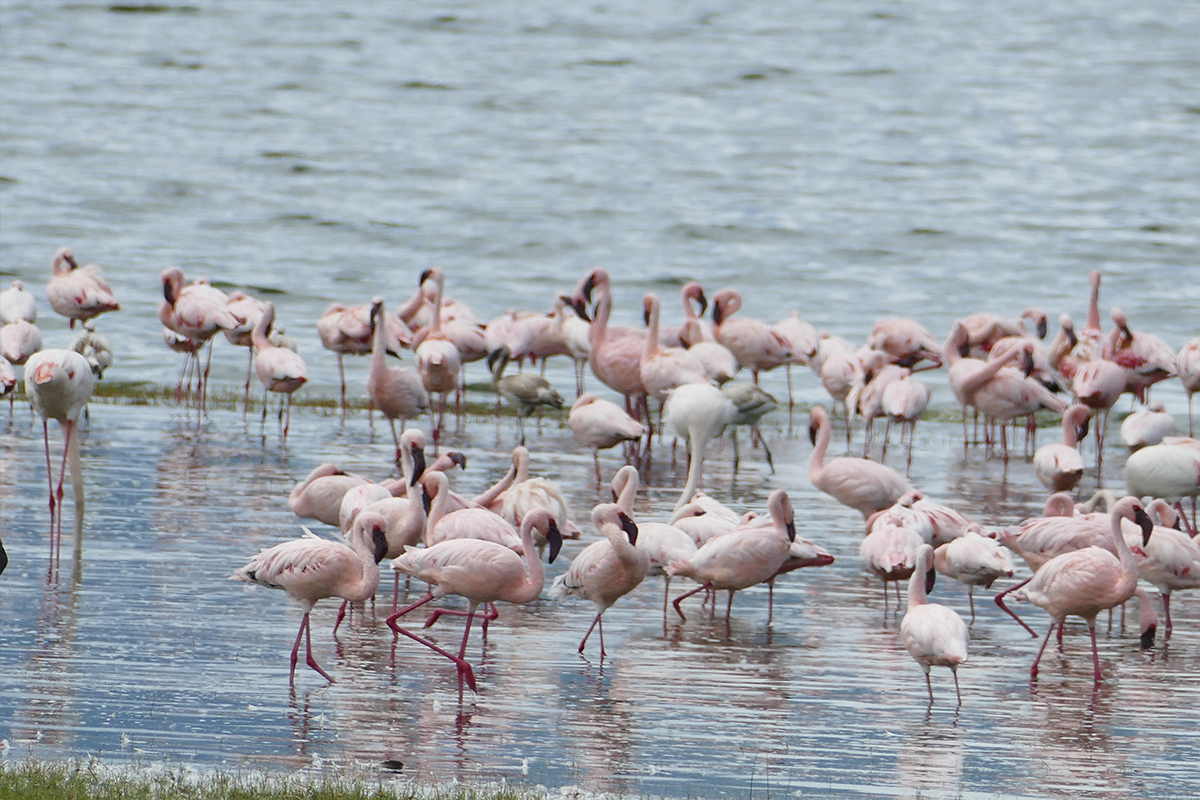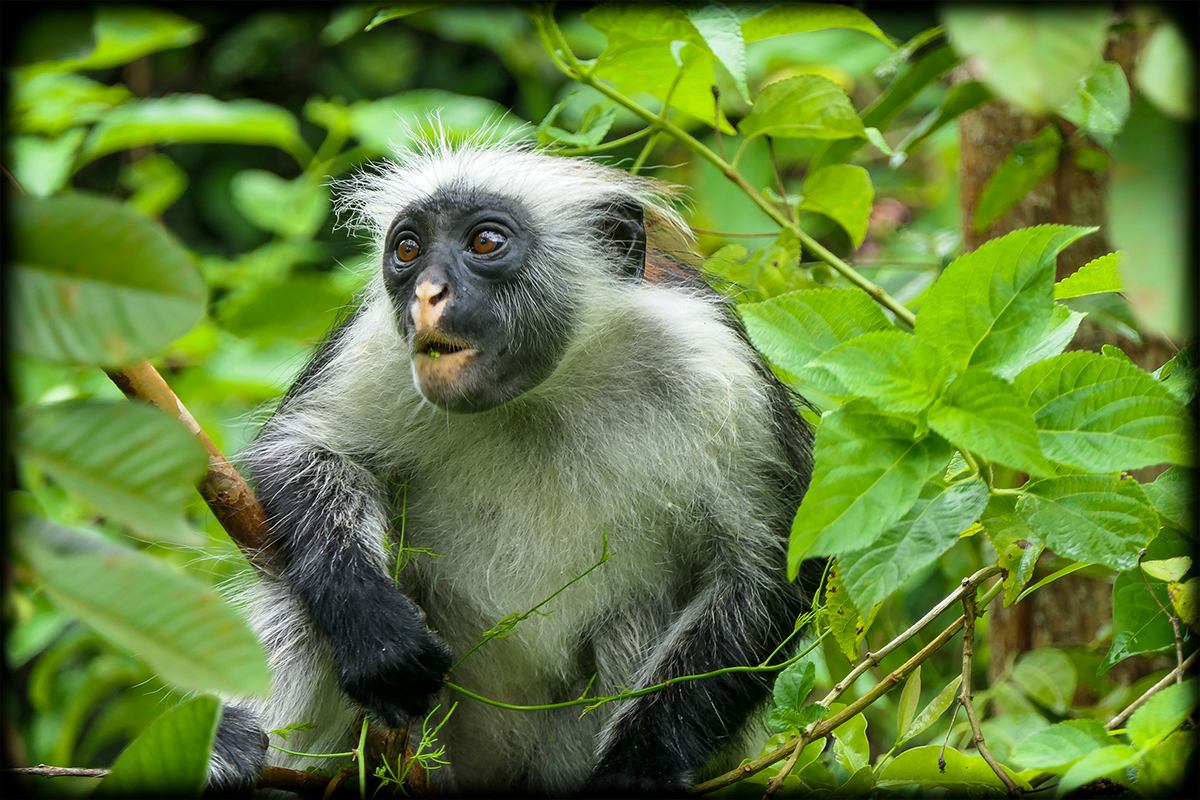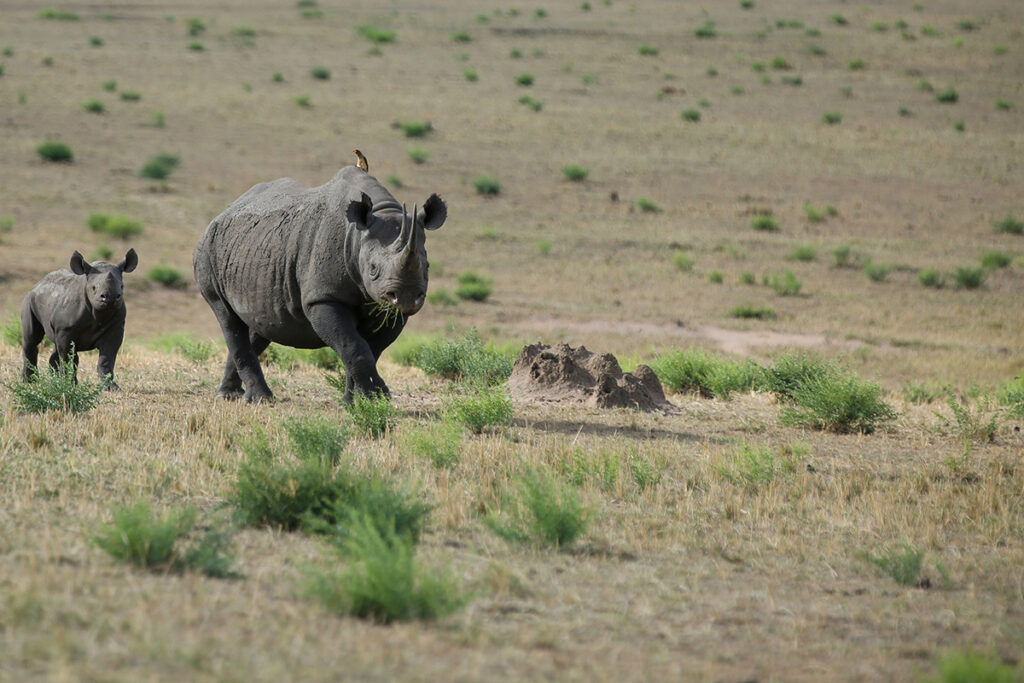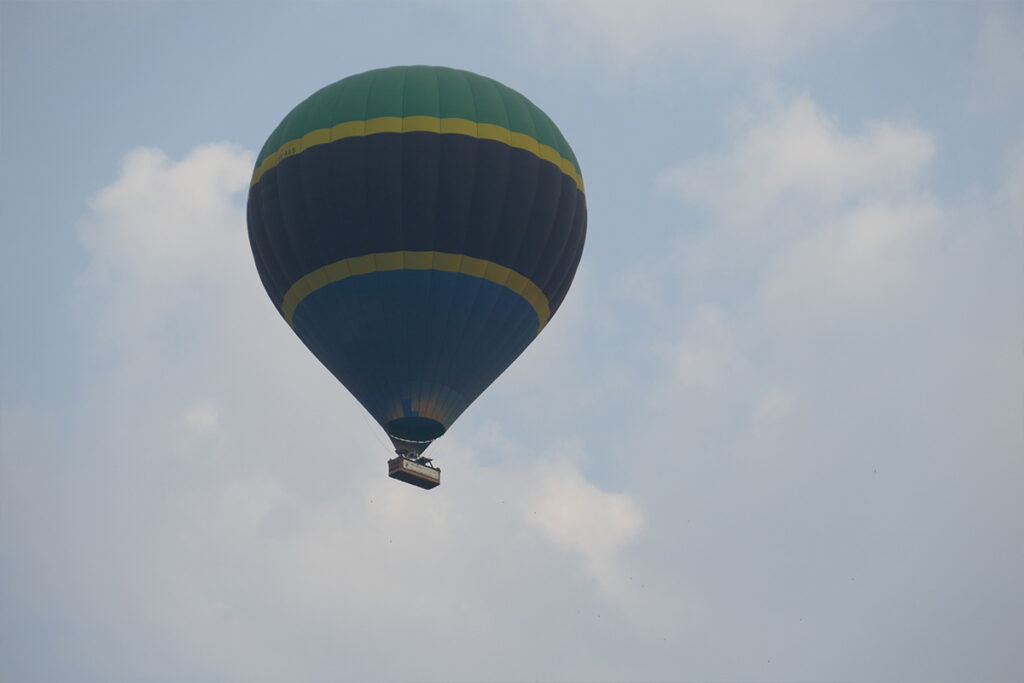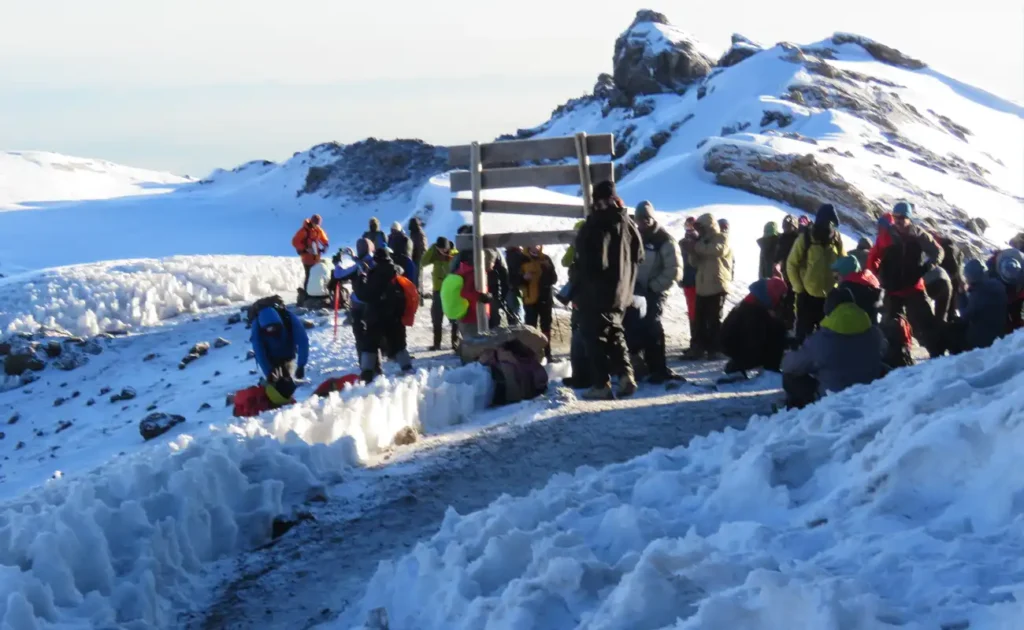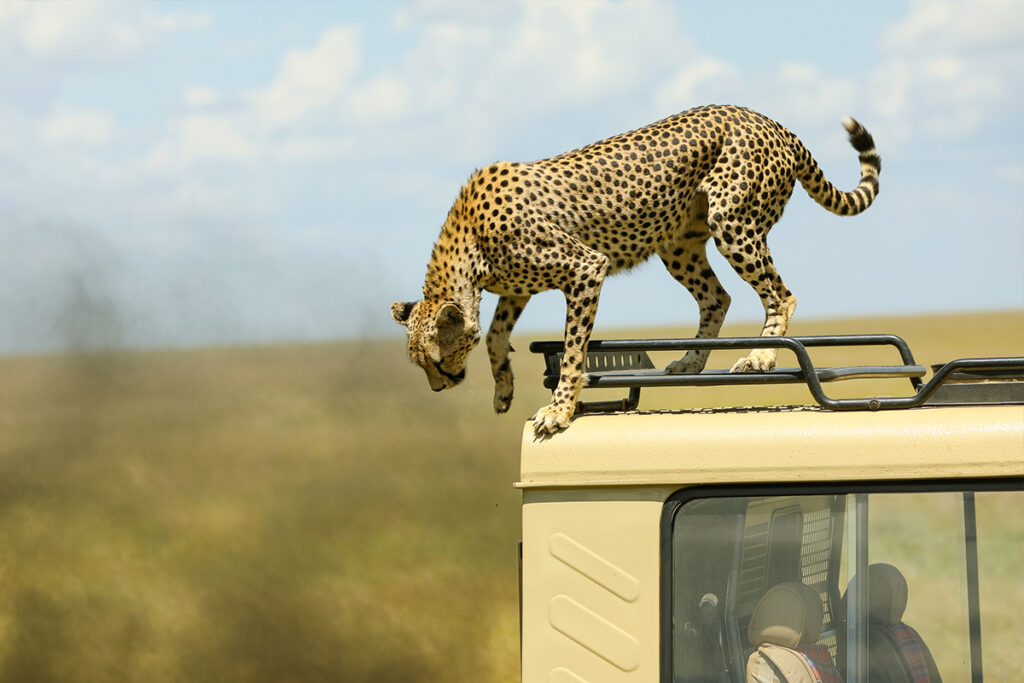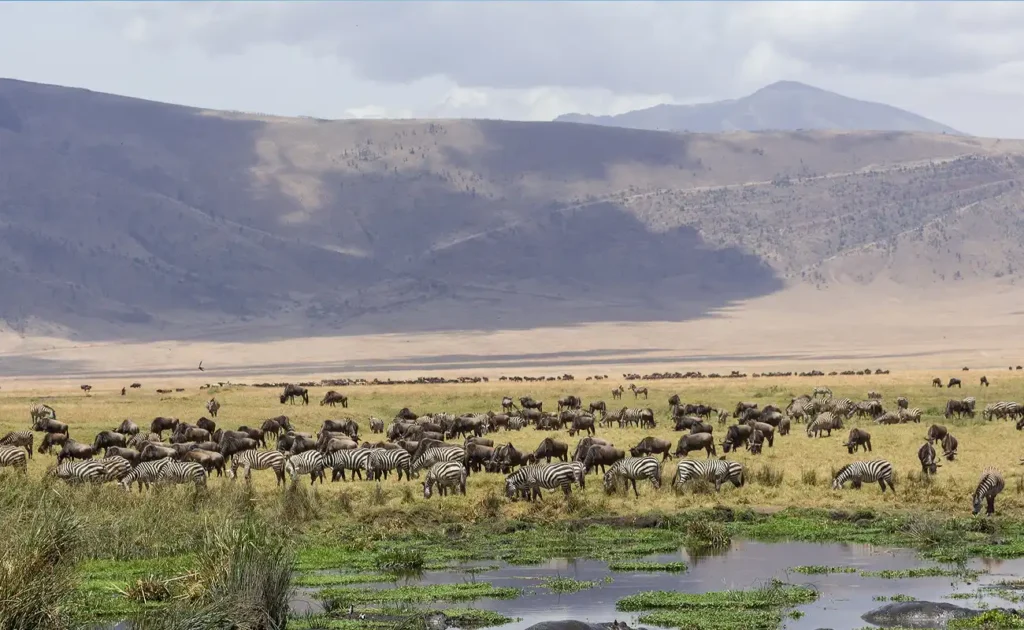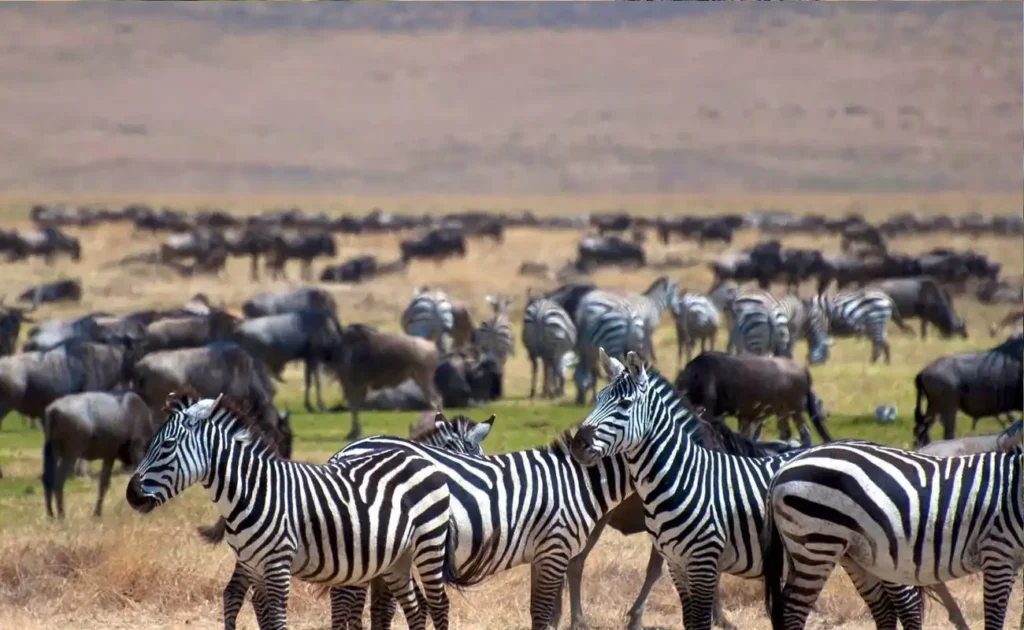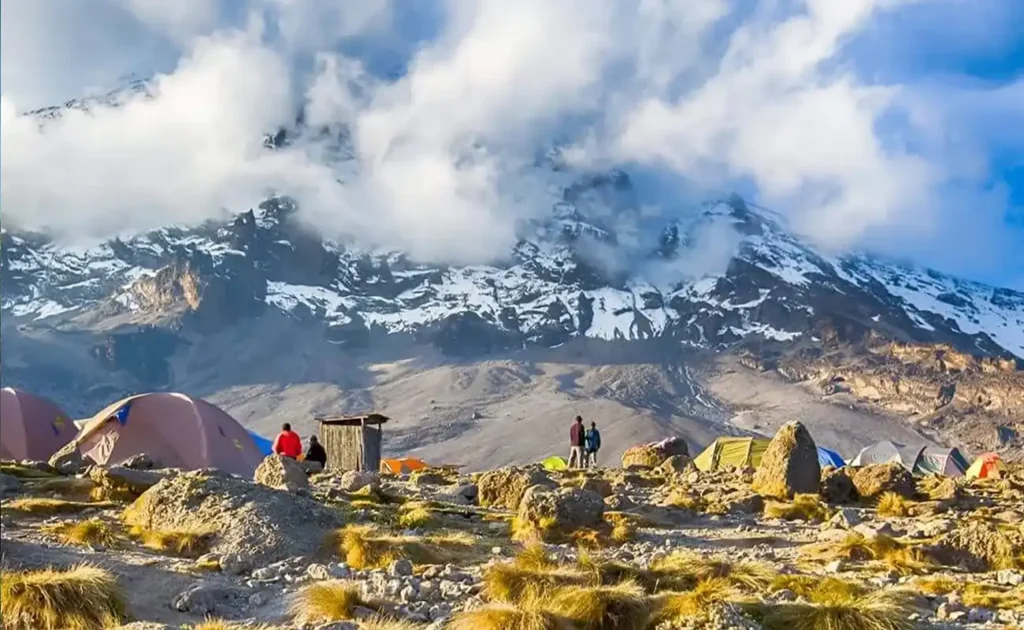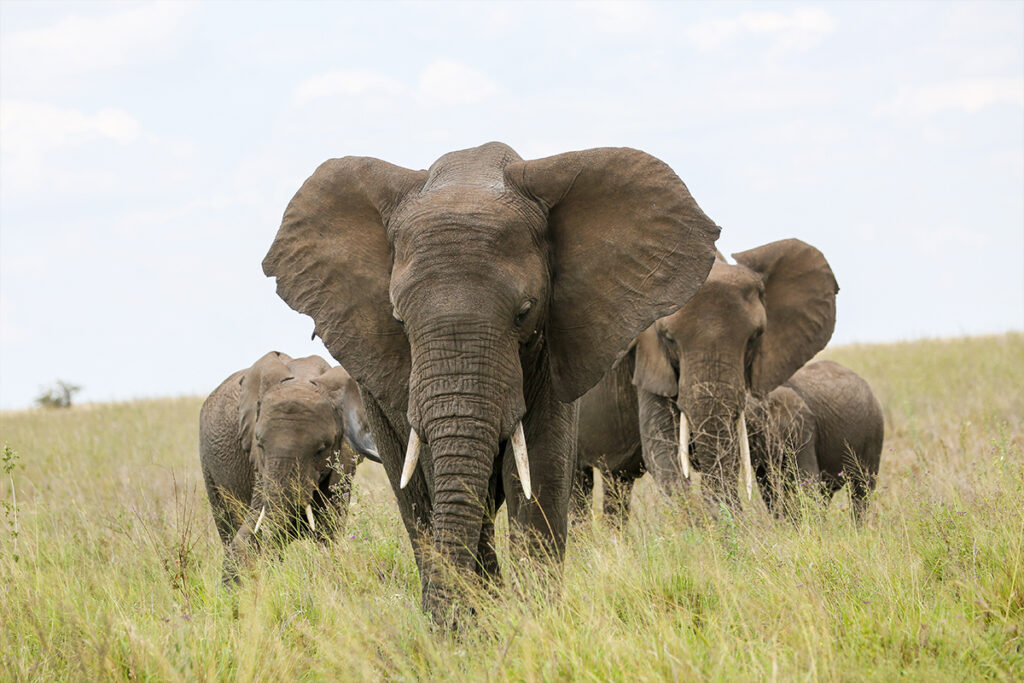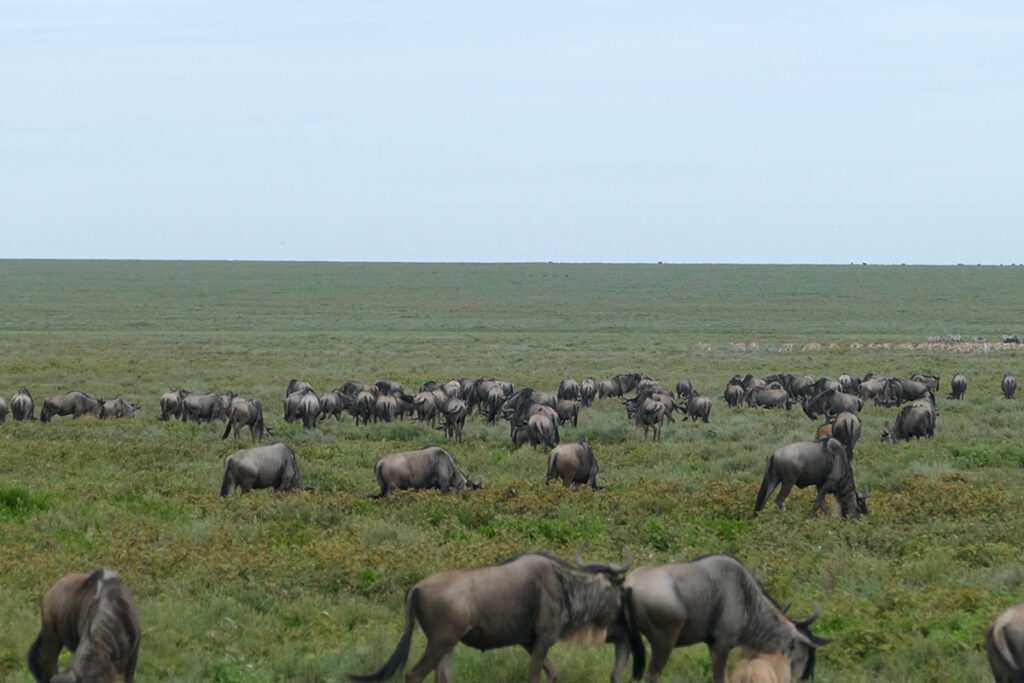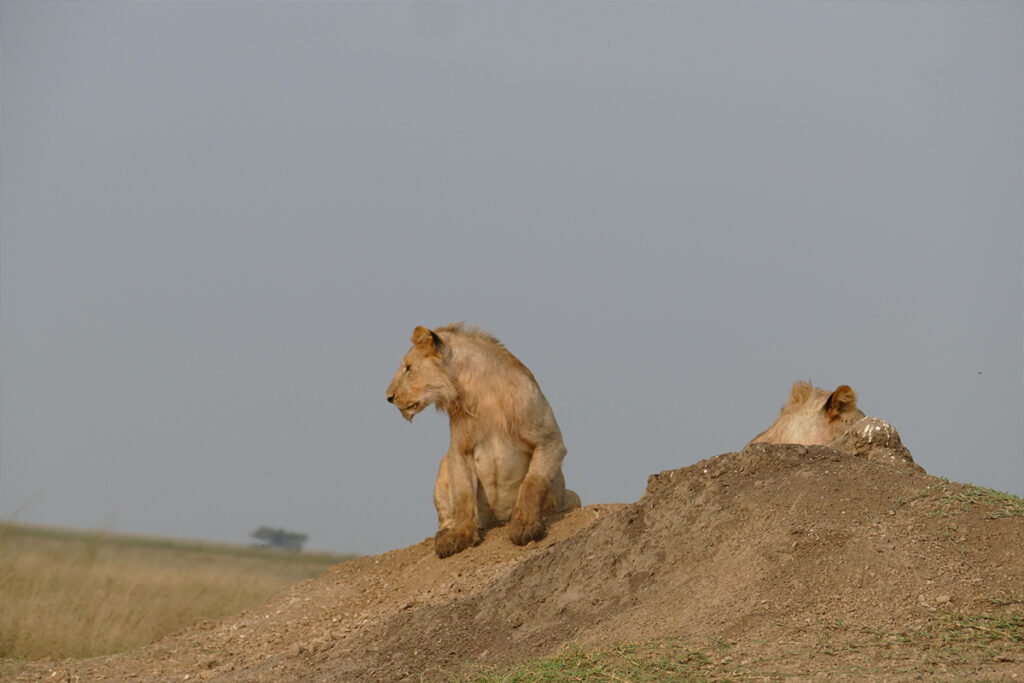Is Climbing Kilimanjaro Safe? A Complete Guide
Climbing Mount Kilimanjaro is a thrilling adventure, but for those considering the trek, safety is one of the top concerns. The good news is that climbing Kilimanjaro is generally considered safe when proper precautions are taken. However, like any high-altitude adventure, there are risks involved. In this comprehensive guide, we’ll discuss the potential dangers of climbing Kilimanjaro, how to mitigate risks, the role of experienced guides, and how trekking companies like Sia Yangu Safari prioritize your safety on the mountain.
I. Is Climbing Kilimanjaro Safe?
Yes, climbing Kilimanjaro is generally safe for trekkers who are well-prepared and take the necessary precautions. Every year, over 30,000 people attempt to reach the summit, and most complete the trek without major incidents. However, due to the high altitude, cold temperatures, and physical demands, it is crucial to follow safety protocols and listen to experienced guides to reduce the risks.
A. Potential Risks
- Altitude Sickness: The most common challenge on Kilimanjaro is altitude sickness, which can affect anyone, regardless of fitness level.
- Weather Conditions: The mountain’s weather can be unpredictable, with cold, wind, and rain posing potential risks.
- Physical Strain: Climbing Kilimanjaro requires physical endurance, and some trekkers may experience exhaustion or injury due to the tough terrain.
II. Understanding Altitude Sickness
Altitude sickness, also known as Acute Mountain Sickness (AMS), is the biggest safety concern for climbers on Kilimanjaro. It occurs when your body struggles to adapt to the reduced oxygen levels at high altitudes. While most trekkers experience mild symptoms, severe cases of AMS can lead to life-threatening complications if not treated promptly.
A. Symptoms of Altitude Sickness
- Headaches
- Nausea and vomiting
- Dizziness
- Shortness of breath
- Loss of appetite
- Fatigue
B. How to Prevent and Manage Altitude Sickness
- Acclimatization: One of the best ways to prevent altitude sickness is by allowing your body time to acclimatize. Opt for longer routes, such as the Lemosho or Northern Circuit, which give you more time to adjust.
- Climb Slowly: Follow the “pole pole” (slowly, slowly) approach to trekking, which helps minimize the risk of altitude sickness by preventing rapid ascent.
- Hydration: Drink plenty of water to stay hydrated, as dehydration can worsen symptoms of AMS.
- Medications: Some trekkers choose to take medication, such as Diamox, to help reduce the risk of altitude sickness.
- Listen to Your Guide: If symptoms worsen, your guide may recommend descending to a lower altitude to recover. Always follow the advice of your experienced guide.
C. Table: AMS Prevention Tips
| Prevention Tip | Description |
|---|---|
| Acclimatization | Choose longer routes to allow for gradual ascent |
| Climb Slowly | Adopt the “pole pole” (slowly, slowly) strategy |
| Stay Hydrated | Drink 3-4 liters of water per day |
| Medication | Consider taking altitude medication like Diamox |
| Listen to Your Guide | Follow your guide’s instructions carefully |
III. Weather Conditions on Kilimanjaro
The weather on Mount Kilimanjaro can vary greatly depending on the time of year, altitude, and specific location on the mountain. While some parts of the climb may be warm during the day, temperatures can drop significantly at night, especially as you approach the summit.
A. Potential Weather-Related Risks
- Cold and Hypothermia: At higher altitudes, temperatures can plummet below freezing, particularly at night and during the final ascent to Uhuru Peak.
- Rain and Mud: During the rainy seasons (March-May and November), trails can become muddy and slippery, increasing the risk of falls or injuries.
- Wind: Strong winds, especially at higher elevations, can make the climb more challenging and exhausting.
B. How to Prepare for Kilimanjaro Weather
- Pack Proper Gear: Having the right gear is essential. You’ll need layered clothing, waterproof jackets, gloves, and insulated sleeping bags to handle the changing weather conditions.
- Check the Weather Forecast: Stay updated on the weather conditions during your trek, and be prepared for rapid changes.
- Choose the Right Time of Year: The best times to climb Kilimanjaro are during the dry seasons, from June to October and December to February, when weather conditions are more predictable.
IV. The Role of Guides and Support Teams
One of the most important aspects of safety on Kilimanjaro is the expertise of your guide and support team. All climbers on Kilimanjaro are required by law to be accompanied by a licensed guide, and for good reason. Guides are responsible for leading the trek, monitoring your health, and responding to emergencies.
A. Importance of Experienced Guides
- Health Monitoring: Guides regularly check your heart rate, oxygen levels, and general health to ensure you’re coping well with the altitude.
- Route Navigation: Guides are familiar with the routes, terrain, and weather patterns, allowing them to safely navigate the trail.
- Emergency Response: In the rare case of a serious health issue, guides are trained to administer first aid and arrange for evacuation if necessary.
B. How Sia Yangu Safari Ensures Your Safety
At Sia Yangu Safari, our guides are highly experienced and certified by the relevant Tanzanian authorities. They are trained to handle emergencies and provide daily health checks to ensure that you are acclimatizing properly and maintaining your strength. Additionally, our team carries oxygen tanks and first aid kits to manage altitude sickness or injuries.
V. Physical Fitness and Preparation
Climbing Kilimanjaro does not require technical mountaineering skills, but it does demand a good level of physical fitness. Trekkers who are well-prepared physically are less likely to face issues related to fatigue or injury during the climb.
A. Fitness Requirements for Kilimanjaro
- Endurance: The trek requires long days of walking, often uphill, with some days involving 6-8 hours of trekking.
- Strength: Strong legs and a stable core are important for navigating uneven terrain and carrying your daypack.
- Mental Resilience: Climbing Kilimanjaro can be mentally challenging due to the altitude and the long days of trekking.
B. Training Tips
- Hiking Practice: Get used to long-distance walking by practicing on trails with varied terrain and elevation.
- Strength Training: Incorporate exercises like lunges, squats, and core workouts into your routine to build the muscles needed for uphill trekking.
- Cardio: Engage in cardio activities like running, cycling, or swimming to improve your stamina.
VI. Safety Equipment and Emergency Procedures
Safety equipment is another crucial aspect of ensuring a safe climb. Your trekking company should be equipped with the necessary gear to handle any emergencies that may arise.
A. Safety Equipment Provided
- Oxygen Tanks: Used to treat trekkers suffering from severe altitude sickness.
- First Aid Kits: Guides carry first aid kits to treat minor injuries or illnesses.
- Portable Stretchers: In the case of severe illness or injury, a portable stretcher may be used for evacuation.
- Satellite Phones: Many guides carry satellite phones to ensure they can call for emergency evacuation if needed.
B. Emergency Procedures on Kilimanjaro
In case of serious altitude sickness or injury, evacuation is conducted by descending to lower altitudes, where symptoms often improve quickly. Helicopter evacuation is also available in extreme cases, though it is rarely needed.
C. Table: Essential Safety Equipment on Kilimanjaro
| Equipment | Purpose |
|---|---|
| Oxygen Tanks | Used for altitude sickness emergencies |
| First Aid Kits | For minor injuries or illnesses |
| Portable Stretchers | For emergency evacuation |
| Satellite Phones | For communication in remote areas |
FAQ About Climbing Kilimanjaro Safely
Is climbing Kilimanjaro dangerous?
While there are risks associated with climbing Kilimanjaro, it is generally considered safe when trekkers are well-prepared and guided by experienced professionals.What is the biggest safety concern on Kilimanjaro?
Altitude sickness is the most common safety issue. Proper acclimatization, hydration, and slow ascent are key to preventing it.What safety equipment is provided on Kilimanjaro?
Guides carry oxygen tanks, first aid kits, and satellite phones to handle emergencies, ensuring a safe trek.Do I need to be physically fit to climb Kilimanjaro?
Yes, physical fitness is important for handling long days of trekking and the demands of the altitude. Training in endurance and strength is recommended.
Your Title Goes Here
Your content goes here. Edit or remove this text inline or in the module Content settings. You can also style every aspect of this content in the module Design settings and even apply custom CSS to this text in the module Advanced settings.
LET'S PLAN
YOUR SAFARI TOGETHER
Start planning your tour with us, we can create an itinerary from scratch or modify one of our suggested itineraries.
Top Pick Tour Packages For You
Tanzania Safari and Trekking
Tanzania boasts Africa’s renowned parks, promising unforgettable luxury safaris. With expertly crafted itineraries, immerse yourself in the finest national parks for a tailored wildlife adventure.

